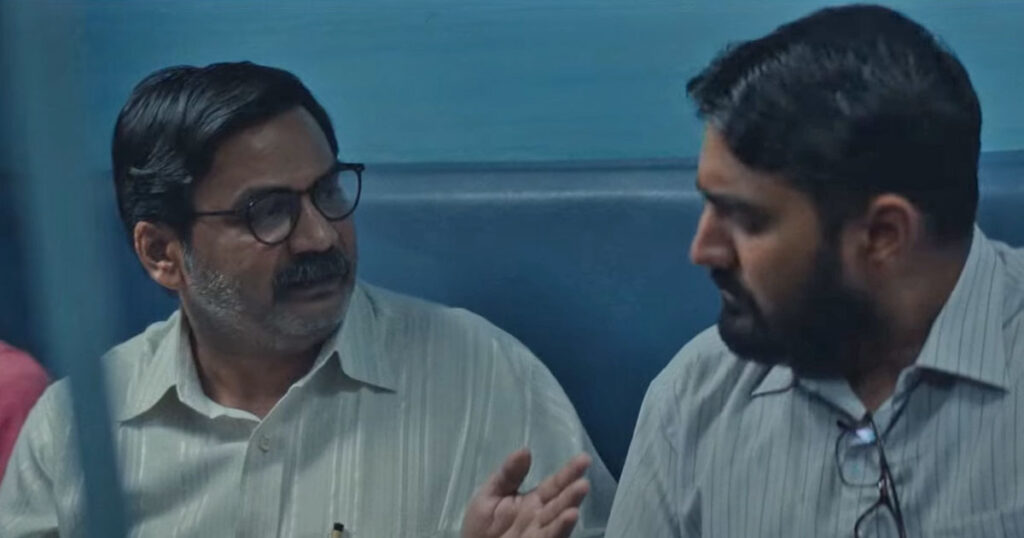
If you don’t know which show we will talk about today then you are living under the rocks. But to brief you a bit, Kota Factory is a black-and-white web show by T.V.F, and its third season was released on June 20 and has been booming ever since; the show also landed on the worldwide highest ranking of its highest trending series on Netflix.
Centered around Vaibhav, our protagonist, who comes to Kota to prepare for JEE, makes some friends, and explores what student life in Kota is like.
But it’s not only Vaibhav who gets to explore this aspect of Kota, but you along with him also get on the ride to experience what it feels like to be a JEE aspirant in Kota.
You might have heard enough about how good the show is all across the internet. But, In this article, I’ll discuss one thing in particular, which Kota Factory has cracked well: How the Kota Factory taught us to Write a Good Protagonist.
Realistic
The foremost trait of a realistic character is authenticity.
In the first season, Vaibhav moves out from his home to Kota and struggles to live a life away from his parents. He doesn’t enjoy the food, the water, and the environment at first but slowly and steadily he develops.
The authenticity with which this situation fits the protagonist makes for an amazing realistic connection.
The portrayal of authentic undertones of a student’s life and trying to make sense of everything is a perfect example of how to write and place a realistic and simple character in a show made around and for students.
Relatable
In fiction story-telling, it’s enigmatic to write a character that resonates with the audience.
For Example, When Vaibhav starts his journey in Kota he faces the consequences of lagging, his irritation is visible through constantly studying and not finding a balance, and even little moments of joy and infatuation provide a sense of relatability.
The consequences, ruthlessness, irritation, and triumphant are surreal which is as exact as any guy around his age would behave.
Mediocre
Since Kota Factory is not aiming for an out-of-the-box protagonist they have kept the character of Vaibhav mediocre keeping in mind the audience who are to witness it.
Vaibhav does not hoard any extraordinary talent, he scores decent marks and focuses constantly on doing well in his studies.
There are hardly any protagonists who are framed in a mediocre light.
Unique and Memorable
The Mediocracy brightens the overall protagonist personality of Vaibhav.
As I mentioned earlier, there are hardly any protagonists who are framed in a mediocre light, which makes for a unique and memorable protagonist for Kota Factory.
If Jeetu Bhaiya is loved for his motivational dialogues, Vaibhav as a protagonist should be loved for the sense of belonging towards the character.
Finally, A Satisfying Protagonist
After all the qualities we mentioned around Vaibhav in this article, it’s safe to say that he qualifies as a satisfying protagonist.
He is mediocre, relatable, realistic, and feels like one of us. Imagine a main character who is like you and wouldn’t it automatically make you feel better confident and motivated for life?
Finally, The main character doesn’t have to be extraordinary, they can be like you and me.







